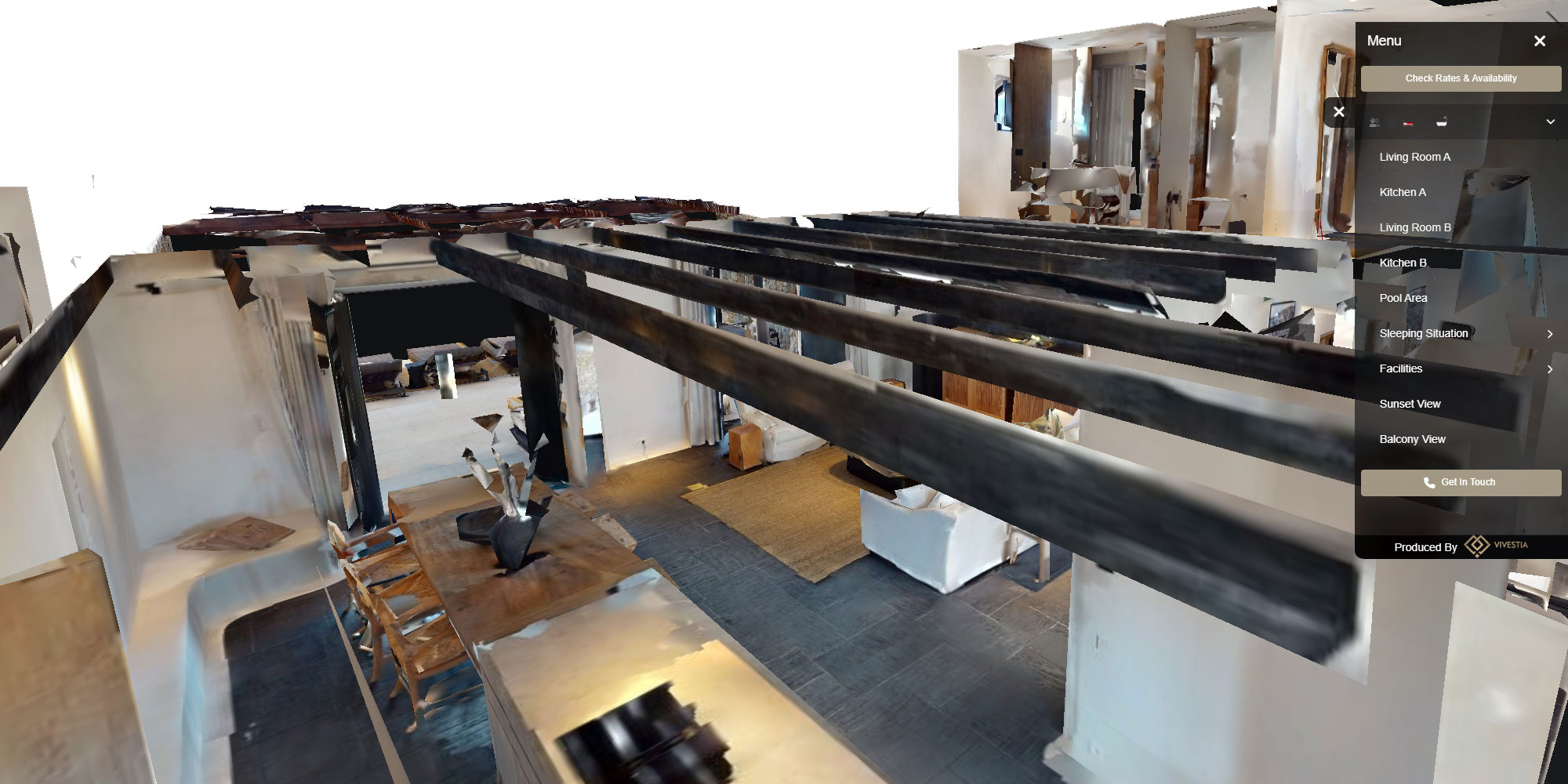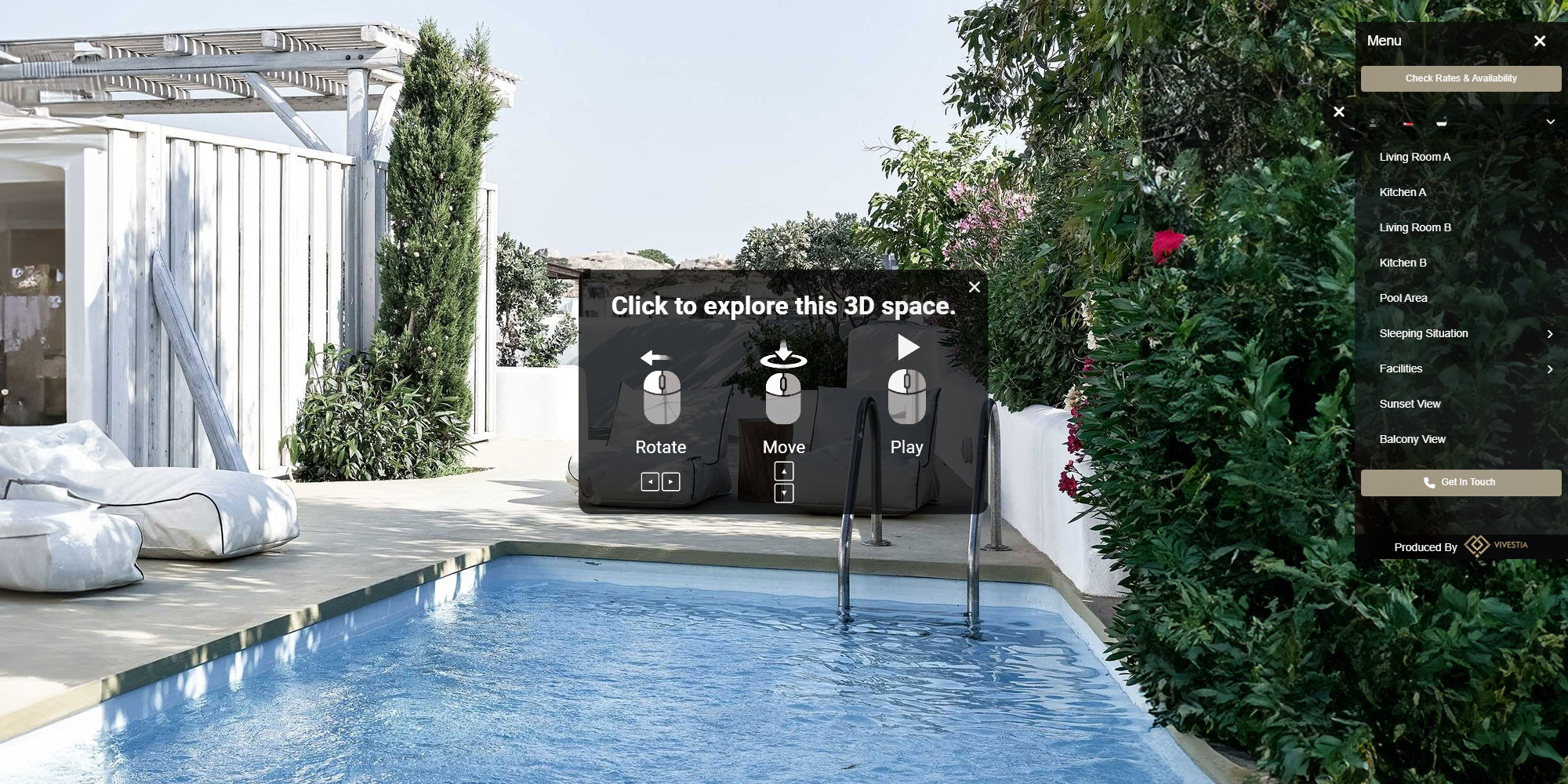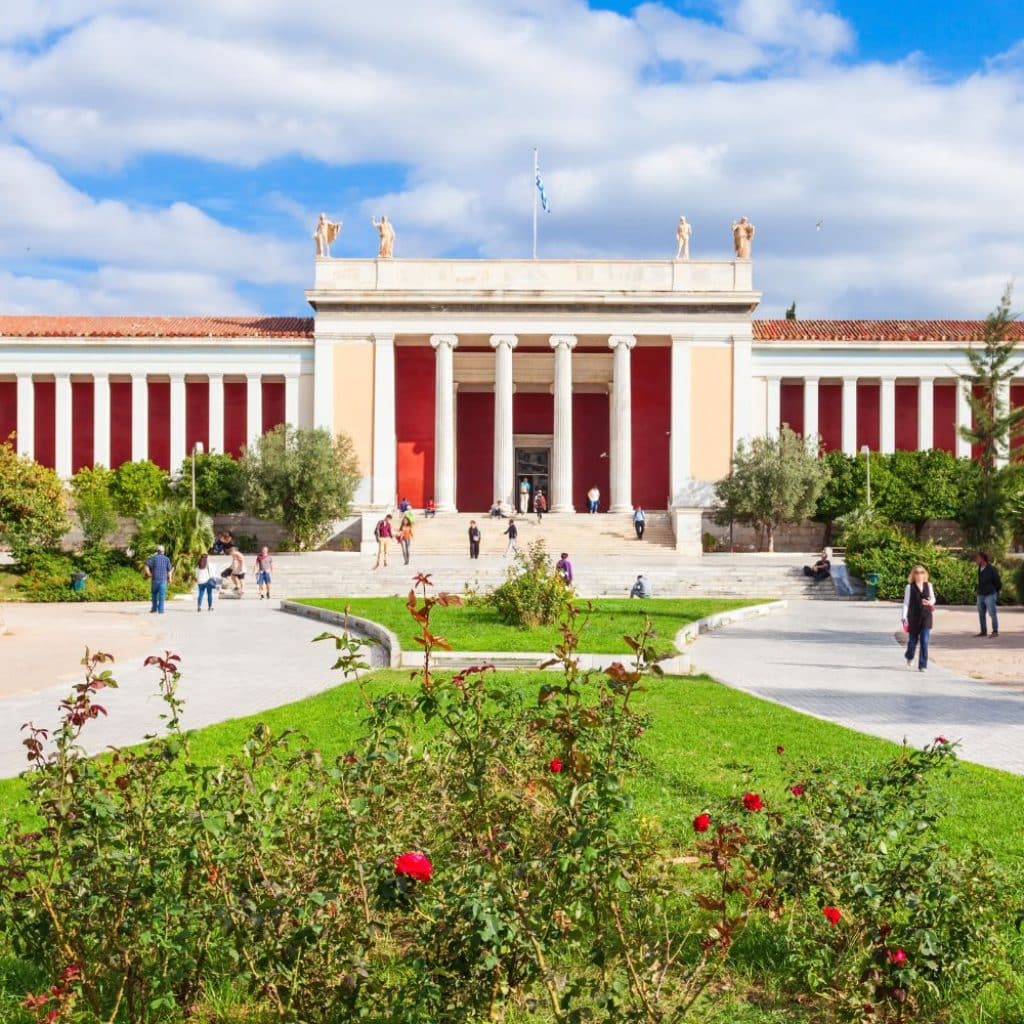Last Updated on 12/01/2024 by Manolis Maragkoudakis
Revolutionizing Education: 3D Virtual Field Trips for Students

The importance of experiential learning in education
Experiential learning is a crucial aspect of education, as it allows students to actively engage with the subject matter and apply their knowledge in real-world scenarios. Traditional classroom teaching methods often fall short in providing students with these immersive learning experiences.
However, with the advent of technology, a revolutionary tool has emerged – 3D virtual field trips. These virtual experiences bridge the gap between theory and practice, offering students the opportunity to explore places and concepts that were once out of reach. By incorporating 3D virtual field trips into the curriculum, educators can revolutionize education and enhance learning experiences for students.
Virtual field trips are simulated experiences that replicate real-world environments using 3D technology. Through the use of virtual reality (VR) headsets or interactive software, students can explore historical landmarks, natural wonders, and even outer space without leaving the classroom. These virtual experiences are designed to be highly immersive, providing students with a sense of presence and engagement. By leveraging the power of 3D technology, educators can transport students to places they may never have the opportunity to visit in person, opening up a world of possibilities for learning.
Benefits of 3D virtual field trips for students
The benefits of 3D virtual field trips for students are vast and transformative. Firstly, these virtual experiences enhance student engagement by providing a multisensory and interactive learning environment.
Unlike traditional textbooks or lectures, 3D virtual field trips allow students to actively explore and manipulate objects, fostering a deeper understanding of the subject matter. The ability to interact with the virtual environment also promotes critical thinking and problem-solving skills.
Secondly, 3D virtual field trips promote inclusivity and accessibility. Students with physical disabilities or limited resources may face barriers when it comes to participating in traditional field trips. However, with virtual field trips, these barriers are eliminated.
Students from all backgrounds and abilities can now have equal access to educational experiences that were once exclusive to a select few. This inclusivity ensures that every student has the opportunity to learn and grow, regardless of their circumstances.
Lastly, 3D virtual field trips offer a cost-effective alternative to traditional field trips. Organizing a physical field trip involves significant logistical challenges, such as transportation, permission slips, and costs associated with venue admissions. Virtual field trips eliminate these constraints, allowing schools to allocate their resources more efficiently. By reducing costs, schools can provide more frequent and diverse learning experiences for their students.
How 3D virtual field trips enhance learning experiences
The incorporation of 3D virtual field trips into the curriculum enhances learning experiences in various ways. Firstly, these virtual experiences provide students with a level of immersion that cannot be achieved through traditional learning methods. By stepping into a virtual environment, students can visualize concepts and gain a deeper understanding of complex topics. For example, a biology class can explore the human anatomy in a virtual 3D model, enabling students to examine organs and systems in detail.
Secondly, 3D virtual field trips foster collaboration and social interaction among students. In a virtual environment, students can work together to solve problems, share ideas, and discuss their observations. This collaborative learning promotes teamwork and communication skills, which are essential for success in the 21st-century workforce. By encouraging students to engage with each other in a virtual setting, educators can create a dynamic and interactive learning environment.
Furthermore, 3D virtual field trips can be customized to cater to the specific needs and interests of students. Educators can design virtual experiences that align with the curriculum and address the learning objectives of the lesson.
This customization ensures that students are actively engaged and motivated to learn. By tailoring virtual field trips to meet the individual needs of students, educators can create personalized learning experiences that foster a love for learning.
Overcoming challenges in implementing 3D virtual field trips
While 3D virtual field trips offer numerous benefits, there are challenges that educators may face when implementing them. One challenge is the availability of technology. Not all schools have access to the necessary equipment, such as VR headsets or computers with high processing power.
To overcome this challenge, schools can explore alternative options, such as mobile-based virtual field trips that can be accessed using smartphones or tablets. By leveraging existing technology, schools can ensure that all students can participate in virtual field trips.
Another challenge is the training and support required for educators to effectively use 3D virtual field trips in the classroom. Educators need to familiarize themselves with the technology and understand how to integrate it into their teaching practices.
Professional development programs and resources can help educators gain the necessary skills and confidence to implement virtual field trips successfully. Additionally, ongoing technical support should be provided to educators to address any issues or difficulties they may encounter during the implementation process.
The future of 3D virtual field trips in education
The future of education is undoubtedly intertwined with technology, and 3D virtual field trips are poised to play a significant role in shaping the educational landscape. As technology continues to advance, virtual field trips will become increasingly immersive and realistic, providing students with even more authentic learning experiences. Furthermore, the accessibility of virtual field trips will continue to improve, ensuring that every student has access to these transformative learning opportunities.
In addition to subject-specific virtual field trips, interdisciplinary experiences will also emerge. Students will have the opportunity to explore the connections between different fields of study, fostering a holistic understanding of the world. Virtual collaborations between schools and institutions worldwide will become more prevalent, enabling students to learn from experts and peers from different cultures and backgrounds.
Conclusion
3D virtual field trips have the potential to revolutionize education by enhancing learning experiences for students. By providing immersive and interactive environments, virtual field trips bridge the gap between theory and practice, promoting engagement, critical thinking, and collaboration.
While challenges may arise during implementation, with proper planning and support, these obstacles can be overcome. The future of education is undoubtedly shaped by technology, and 3D virtual field trips will play a significant role in fostering a love for learning and preparing students for the challenges of the 21st century.






Post Discussion